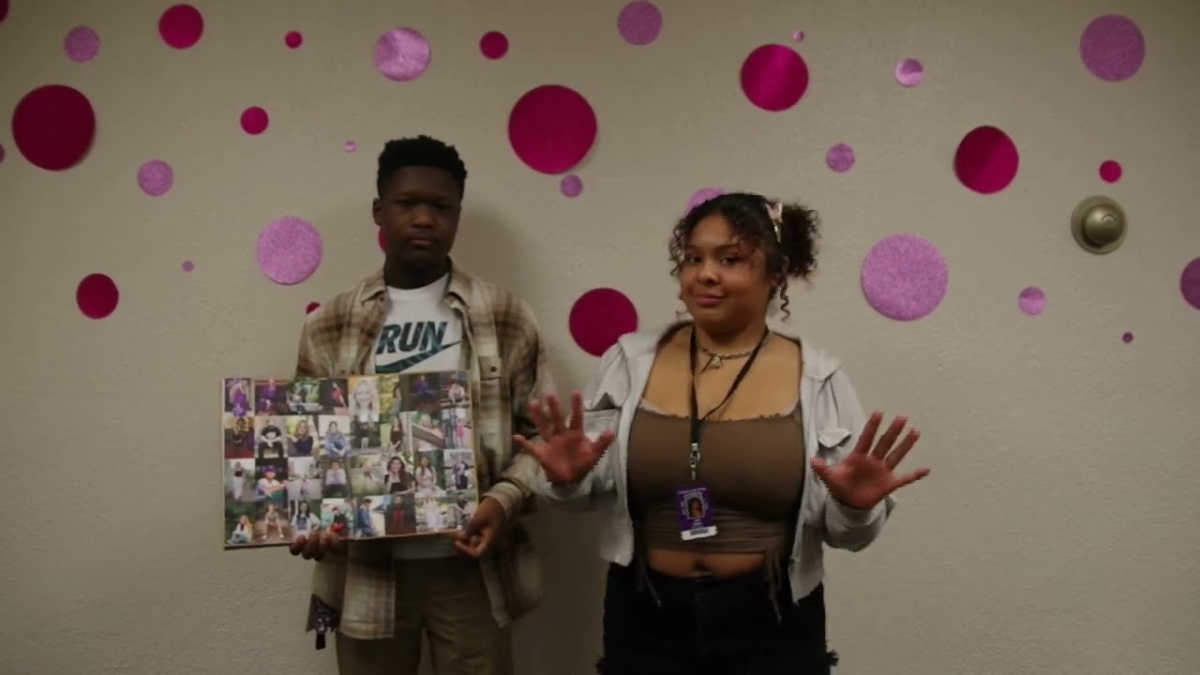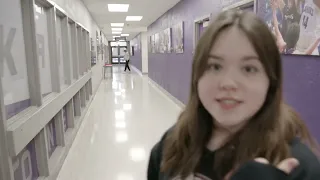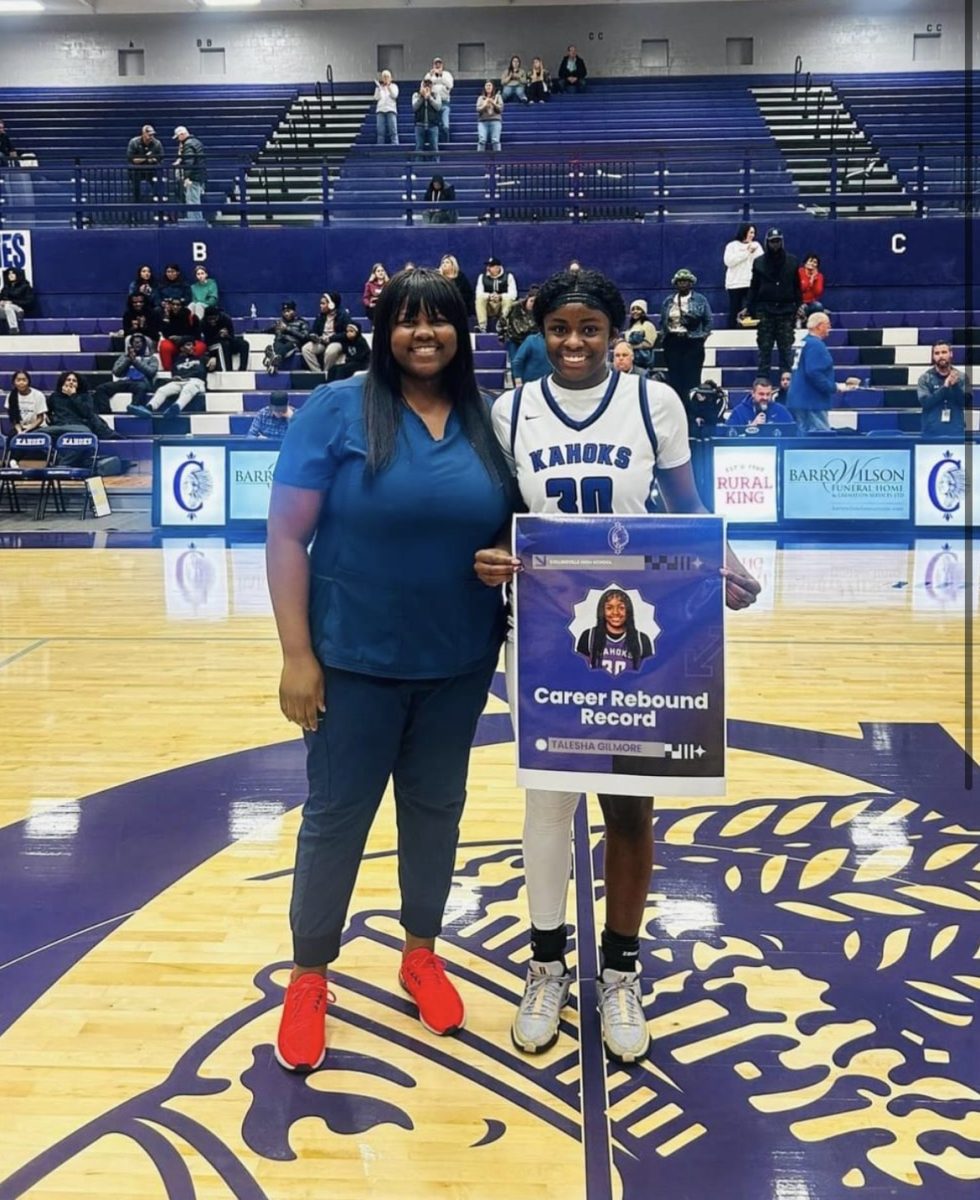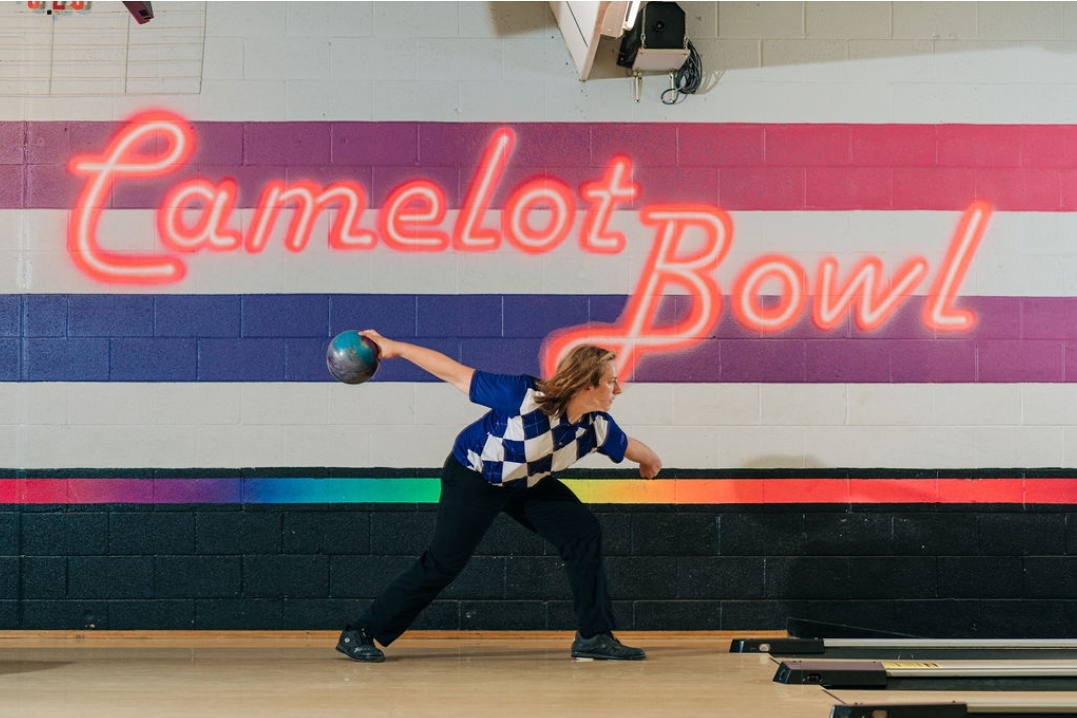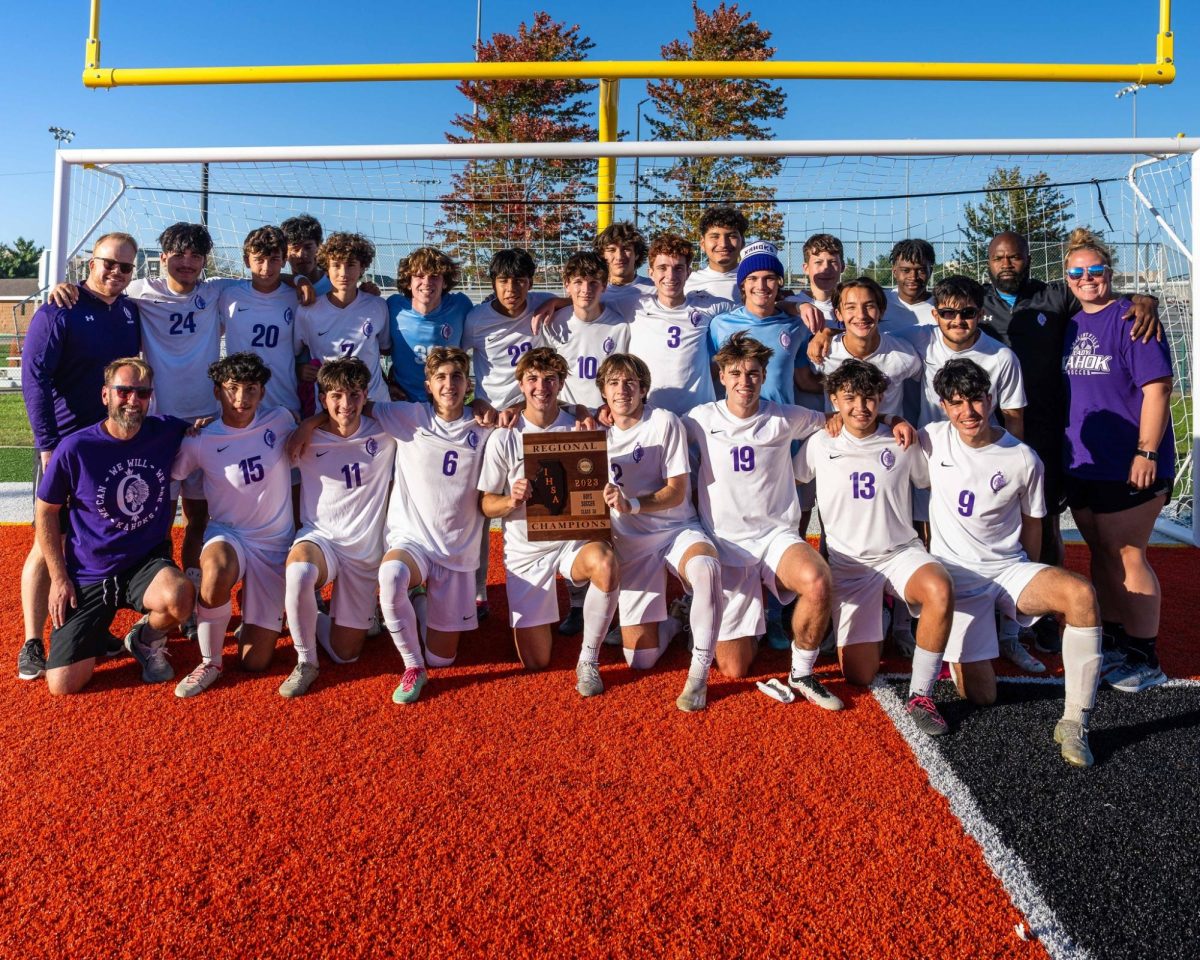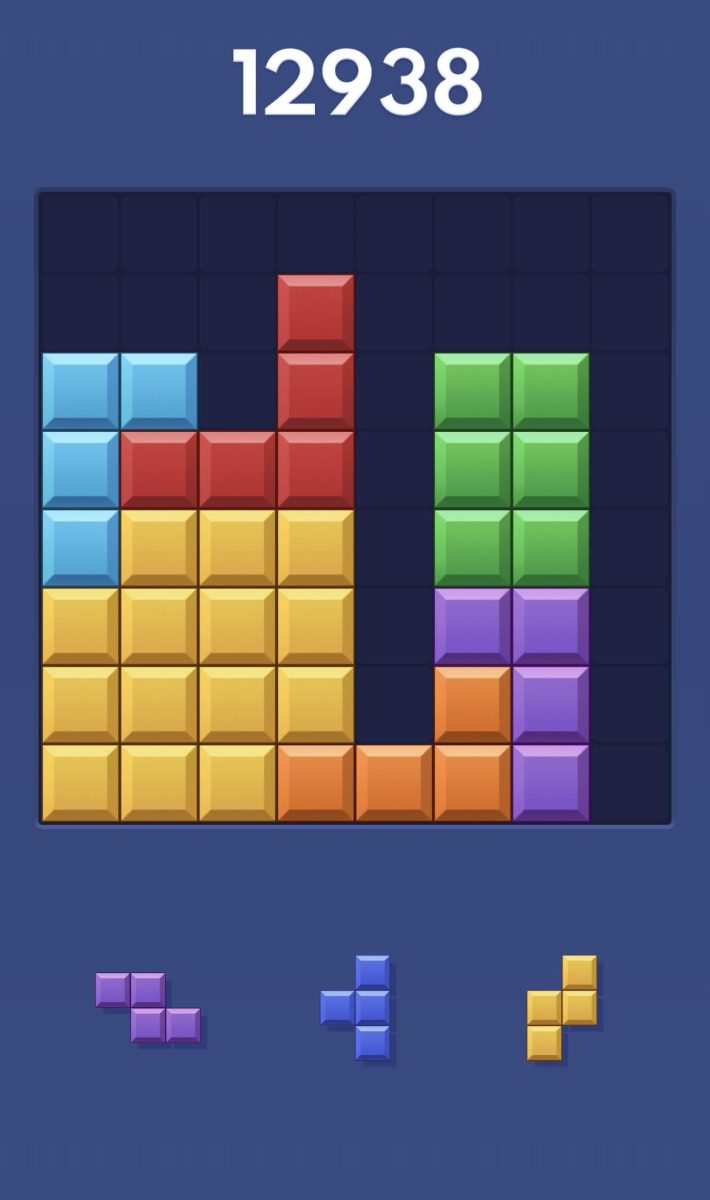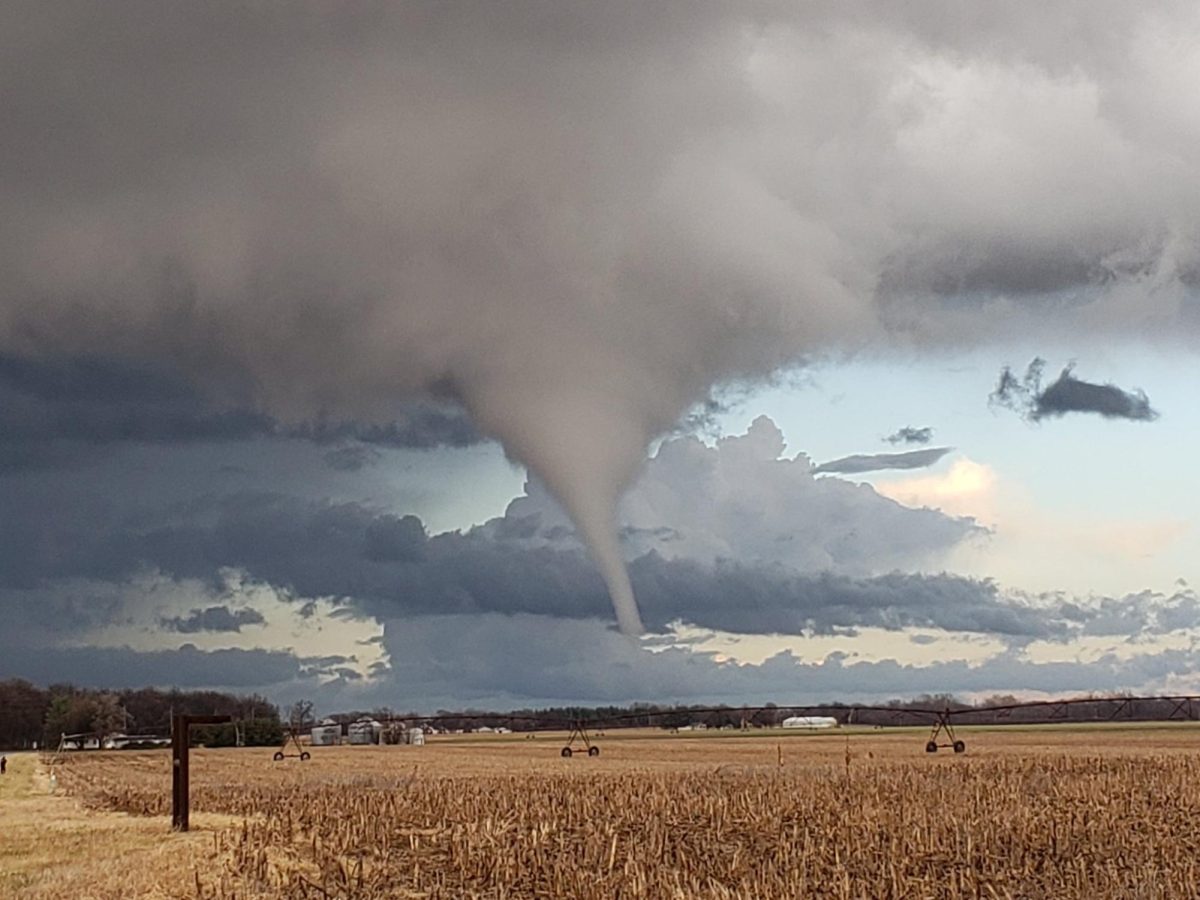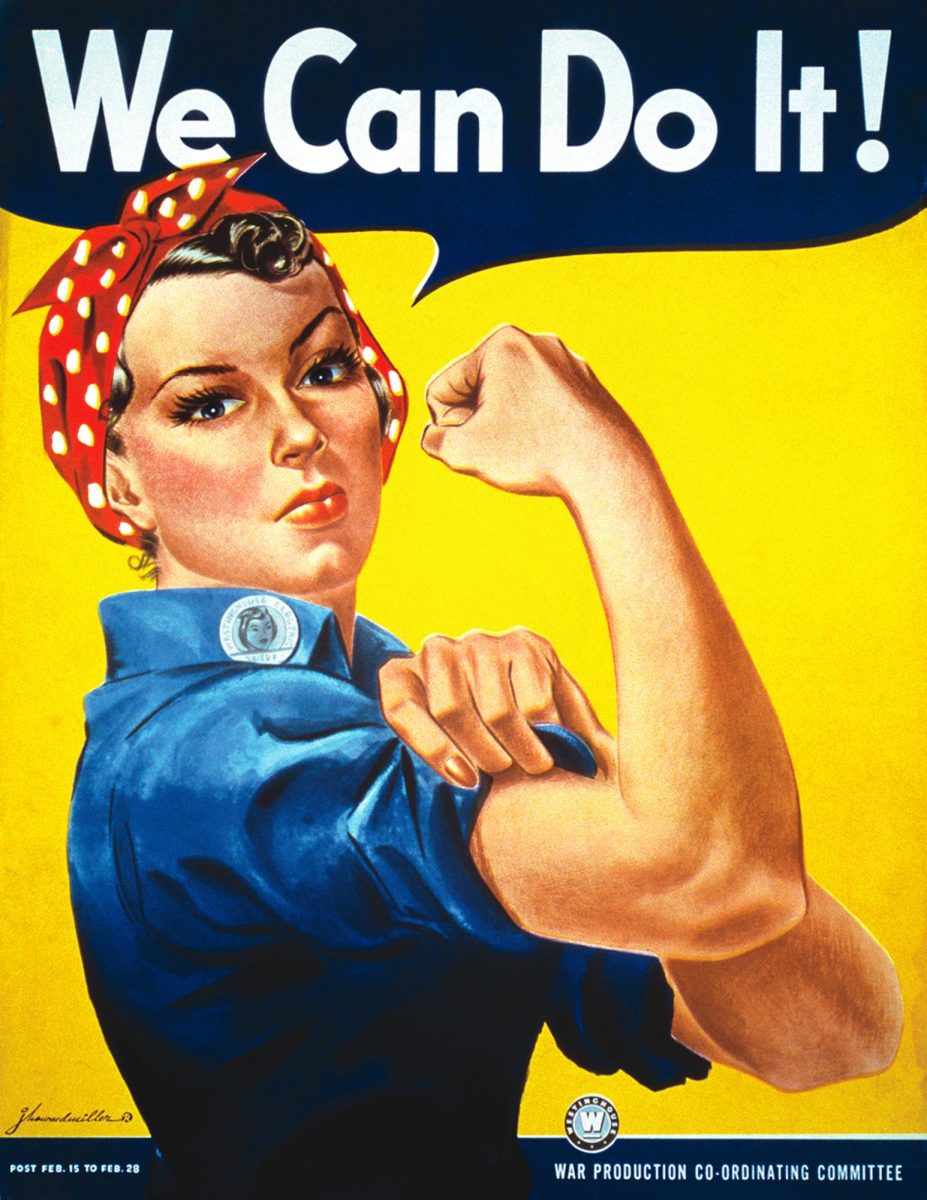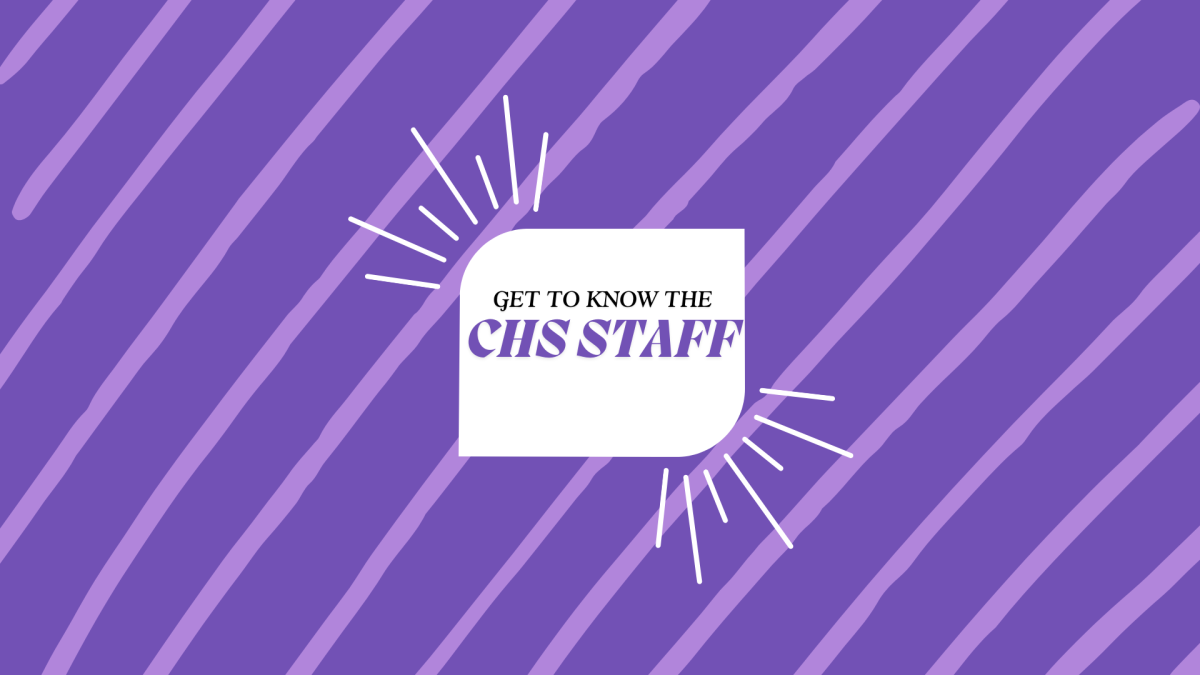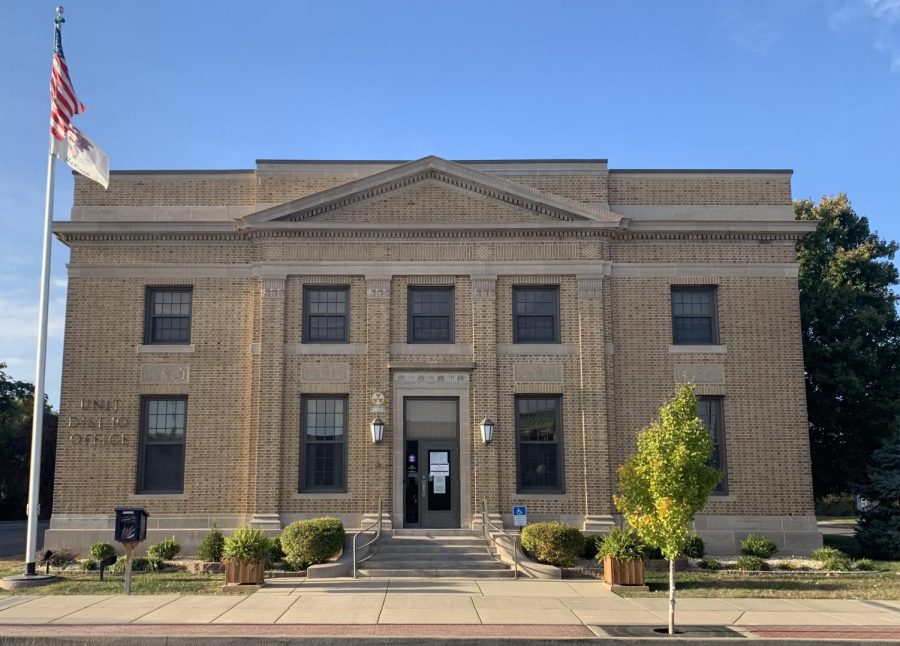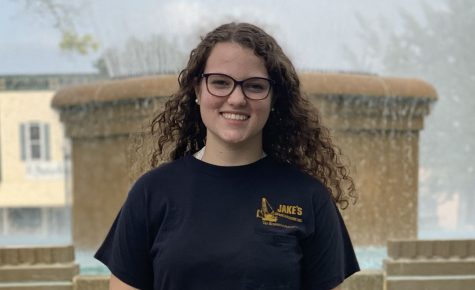COVID Safety in our Schools
November 10, 2020
The 2020 school year has started, and while some students choose to stay remote, others are coming back, but in a different way. The hybrid students, group A and B, go on opposite days depending upon their last name. While remote students are safe in their homes, how are students and staff being protected in our schools?
Dr. Skertich, the Superintendent of the Collinsville Unit 10 School District said they prepared all summer for returning to school in both the hybrid and remote setting.
“The balance is making sure we provide students and staff a safe environment as well as providing education, and those two things don’t mesh well if you are trying to do five days a week all kids, with 30 students in a class, it’s pretty hard to social distance at that point,” said Skertich.
Mr. Snider, the principal of Collinsville High School, has worked to keep the students at the high school safe.
“I’ve been very pleased with the effort our staff has been doing,” said Snider. “ We’ve increased the day shift and reallocated people so we actually have four helping with the building during the school day, and so I think that that’s been helpful and obviously students are taking some responsibility and wiping down desks.”
Snider said that depending on the responses from the surveys the school has been sending out to students and their parents, CHS may or may not make changes in how they run the building.
Skertich stated that as we progress through the second quarter, the district will be continuing to monitor the health of students and staff, so hopefully we can eventually give more students the opportunity to come to school, but we’re just not there yet.
More students coming back to school means there is a larger group of people at risk for COVID, so the district is using contact tracing, which is essentially the process of identifying who an infected individual has come into contact with, for more than fifteen minutes, at a distance closer than six feet, to track down students that may have come in contact with an infected individual, and get them quarantined.
As an institution of 6,000 plus people, it makes sense for the district to do the contact tracing ourselves, as the health department could take a few days to contact the infected individual, while the district can do it as soon as they are notified that an individual has tested positive,” said Skertich.
With students and staff having to quarantine if they come in contact with an infected individual, the district has to have a substitute in place to take the spot of that teacher.
“The sub pool is on average about 120 individuals, and at the beginning of the 2020-2021 school year, that sub pool was basically divided in half,” said Skertich.“This change in availability has made it more difficult to fill spots that are going to be vacant due to a teachers absence.”
Snider said that at the moment, Collinsville High School has yet to experience a lack of subs, and hopefully it stays that way.
If a student tests positive, he will be quarantined for fourteen days, and any student or staff member that came in contact with the individual for longer than fifteen minutes at a distance of less than six feet will also be asked to quarantine.
“Initially the guidance from Illinois public health would allow someone to get two negative tests to come back, but they no longer allow that,” stated Skertich. So essentially, no matter the circumstance, if you were to meet any of the items above, you would be quarantined no matter what.
Coming back to school has been a very controversial topic amongst the community, but it’s not only our district struggling with decision making and trying to make the best decisions for students, their families, and the staff of the district. Skertich said that other districts of the Madison and St.Clair counties have weekly meetings to discuss what they’re doing in their schools, what’s working and what’s not. The districts have all been working together to get through all this covid stuff the best they can, comparing what they’re doing and deciding what is best for their own districts.
During these times, in order to stay germ free, sanitizing and wiping down surfaces is one of the best ways to combat COVID.
Typically custodians take care of the cleaning and sanitization of the building and Snider said that the custodians have been very active cleaning our schools this year.
He mentioned that the custodians are walking around with backpacks with an attached sprayer to spray disinfectant to help sanitize the school, but custodians aren’t the only ones taking care of the sanitization of our school.
Students are in charge of wiping down desks with disinfecting wipes, using hand sanitizer, and washing hands frequently, as well as wearing a mask. When asked if teachers were taking any specific precautions, possibly different from that of a student, Snider stated, “Same types of things, what’s good for our students is good for the staff too.”

